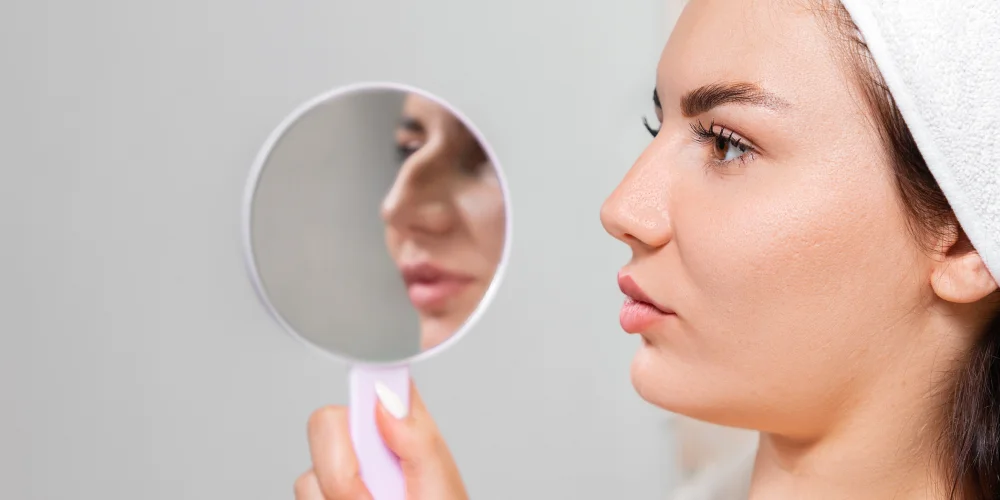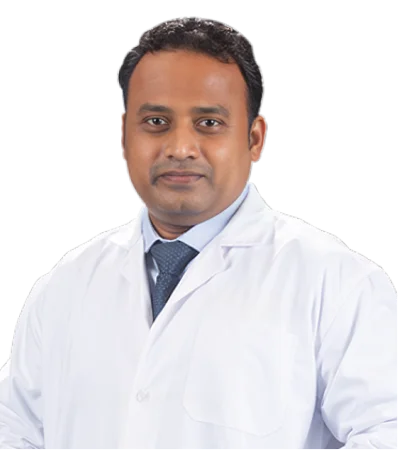Rhinoplasty Surgery
Improve Nasal Function with Our Expert Care
Rhinoplasty, often referred to as a nose graft is a cosmetic as well as surgical procedure that is designed to shape the nose in order to improve facial harmony and improve breathing. Our expert plastic surgeons utilize modern techniques to address functional and aesthetic concerns. If you are looking to improve the form of your nose, or correct structural problems Our team is committed to providing the highest quality of treatment and natural-looking customized results.

What is Rhinoplasty Surgery?
Rhinoplasty is a surgery that alters the nose’s structure to enhance its appearance or functionality. The procedure may involve altering the bone cartilage, or the skin of the nose in order to fix issues like size or shape, as well as obstruction to the nasal passage. Rhinoplasty is a procedure that can be done to improve the appearance of your nose like refining the appearance of a nose that is prominent, or for practical reasons, like fixing a deviated septum, or other structural issues which affect breathing.
Who Performs Your Surgery?
The Rhinoplasty procedure performed at Chirayu Super Speciality Hospital is performed by highly skilled plastic surgeons that have specialized in nose surgery. Our surgeons are proficient in applying advanced techniques to get accurate and satisfactory results regardless of whether they are dealing with functional or cosmetic enhancements. They collaborate closely with patients in order to know their objectives and tailor the procedure to suit the individual requirements of each patient.
Types of Rhinoplasty Surgery
- Open Rhinoplasty : Involves an incision across the columella (the skin between the nostrils), allowing greater access to the nasal structures for comprehensive reshaping and correction.
- Closed Rhinoplasty : Performed through incisions inside the nostrils, which leaves no visible scars and is typically used for less extensive modifications.
- Septoplasty : Focuses on correcting a deviated septum to improve nasal breathing, often performed in conjunction with cosmetic rhinoplasty.
- Revision Rhinoplasty : Addresses issues or complications from a previous rhinoplasty surgery, aiming to refine results or correct unsatisfactory outcomes.
Symptoms Indicating Need for Rhinoplasty
Patients might consider rhinoplasty due to a variety of reasons that include a prominent or unbalanced nose, nasal bump or hump as well as a large or drooping nose tip, or even problems with function, such as breathing problems. Rhinoplasty can address these issues and enhance the appearance and functionality of the nose.
Diagnosis for Rhinoplasty Surgery
The diagnosis of rhinoplasty starts by a thorough consultation followed by an exam by an experienced plastic surgeon. The evaluation includes evaluating the nasal structure as well as discussing the goals of aesthetics and examining any functional concerns. Images studies and 3D simulations could be used to design the surgical procedure and determine the potential outcome.
Treatment Process
Rhinoplasty surgery can be performed under general anesthesia, or under local anesthesia and anesthesia sedation, dependent on the degree of difficulty involved in the procedure. The typical time for the procedure is 1.5 or 3 hours. In the course of the surgery, the doctor alters the nasal structures in accordance with the plan, whether by closed or open methods. Following the procedure the splint will be put in place to help support an improved nasal form and bandages can be used to help reduce swelling.
Care and Recovery After Surgery
Recovering from rhinoplasty takes an interval of rest and a careful follow-up. Patients can be afflicted with swelling, bruising and pain, but these tend to will disappear after a couple of weeks. The management of pain and the appropriate care for the site of surgery are vital for a quick recovery. The follow-up appointment is set to check the progress of healing and remove any splints or dressings, and evaluate the final outcome of the procedure.
Advantages of Choosing Our Surgery Services
Experienced Aesthetic Surgeons
Skilled in performing rhinoplasty to enhance nasal aesthetics and improve breathing function.
Customized Surgical Plans
Tailored approach to achieve natural-looking results that complement facial features.
Post-Surgical Care
Dedicated follow-up care to ensure satisfaction and optimal healing with minimal downtime.
What Our Patients Say
Read about our patients positive experiences and how Chirayu Super Speciality Hospital has positively impacted their health and well-being.


Not only does my nose look better, but I’m also breathing easier thanks to the expert rhinoplasty performed at Chirayu.


The professional and caring approach of the Chirayu team made my rhinoplasty experience positive and successful. I highly recommend their services.


The transformation from my rhinoplasty was amazing, and the support throughout the process was exceptional. Thank you, Chirayu Hospital!


Rhinoplasty at Chirayu transformed my nose and my confidence. The results are exactly what I hoped for, and the care was outstanding.
Meet Our Medical Specialists
"Our experienced plastic surgeons specialize in rhinoplasty, offering advanced techniques and personalized care to enhance both appearance and nasal function. "
Frequently Asked Questions
Here, we provide answers to some of the most commonly asked questions to help you better understand about our surgery services. If you have any additional questions, please do not hesitate to contact us.
The surgery typically lasts between 1.5 to 3 hours, depending on the complexity of the procedure.
Types include open rhinoplasty, closed rhinoplasty, septoplasty, and revision rhinoplasty.
Recovery time varies, with most patients experiencing significant improvement within a few weeks and full results visible within a few months.
Scarring is minimal with closed rhinoplasty, and open rhinoplasty scars are usually well-hidden in the natural folds of the nose.
Rhinoplasty may be needed to correct aesthetic concerns, such as a prominent nose, or functional issues, such as breathing difficulties.



